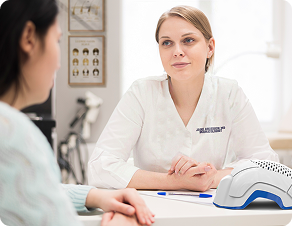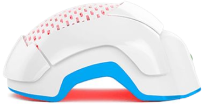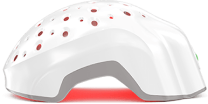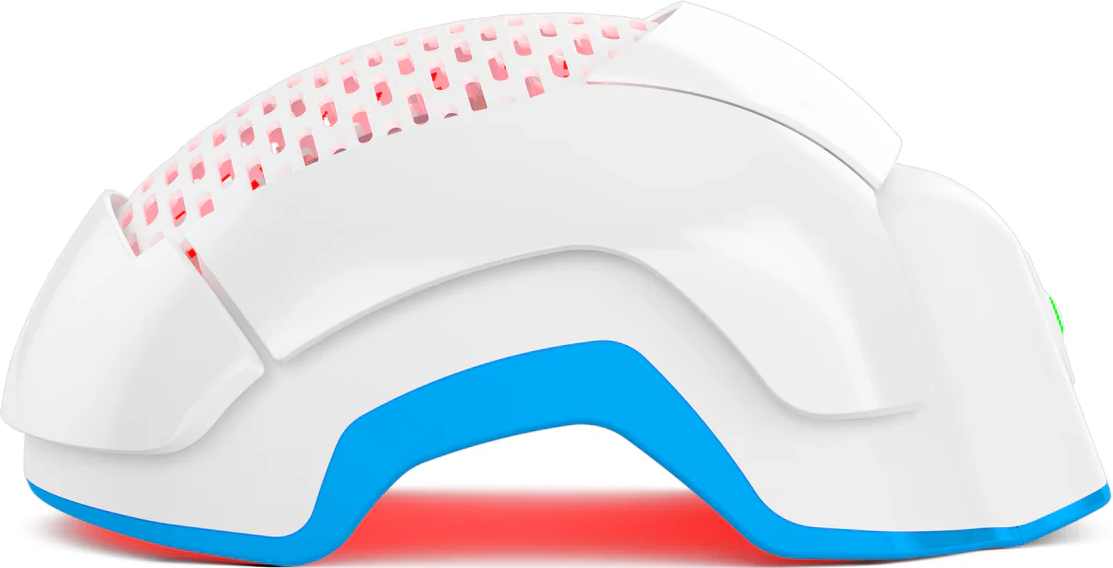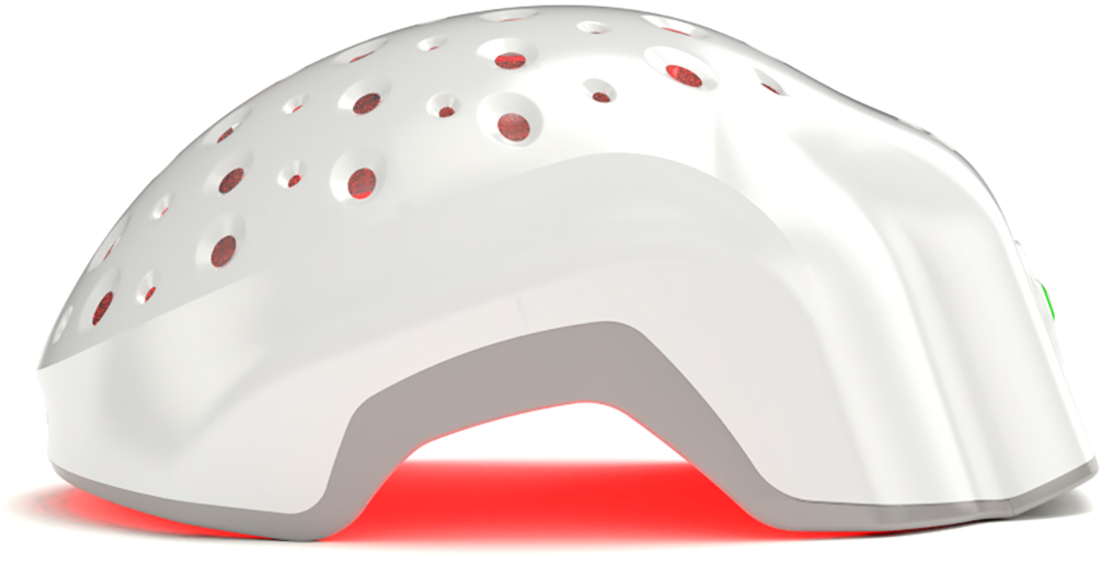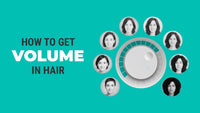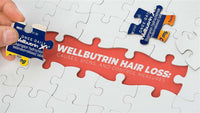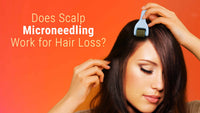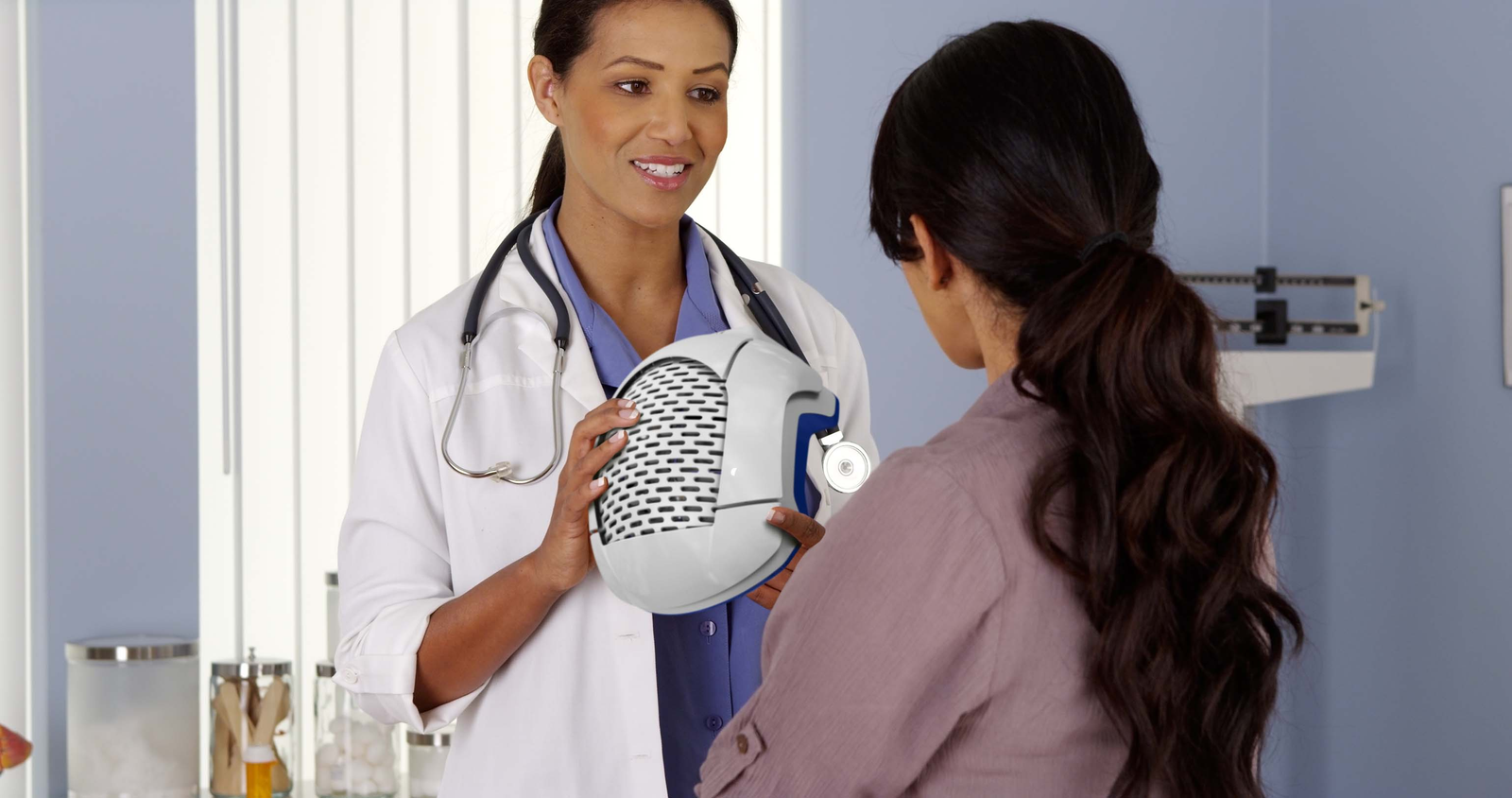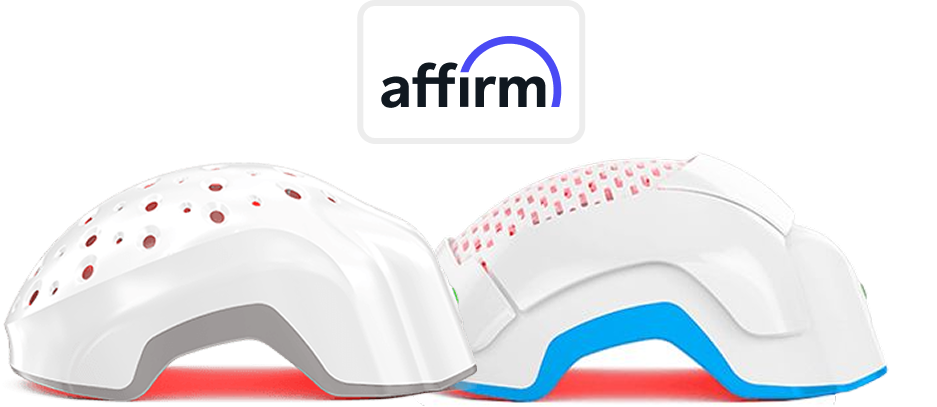The growing trend of hair restoration goes by many names, but they all point to the same approach. Terms like Laser Hair Therapy, Laser Phototherapy (LPT), Low-Level Laser Therapy (LLLT), Low Power Laser Therapy (LPLT), and Laser Photobiomodulation are often used interchangeably to describe this practice.
Interestingly, there are now far more LPT devices on the market than the terminology suggests, making it easy for consumers to feel overwhelmed.
So, how do you choose the right LPT device to effectively reverse hair loss? Here are ten essential guidelines for selecting Laser Phototherapy devices - rules you should never overlook.
1. Trust the science behind energy dosage
Reversing hair loss at a cellular level requires reviving the mitochondria within hair cells. For this to happen, the right energy dosage (between 6 to 10 J/cm²) is critical. This dosage is calculated by considering both the device's power density and the treatment duration. Without it, the process can’t be effective.
When the optimal energy dosage is applied, the mitochondria can function at full capacity, converting light energy into chemical energy that nourishes and revitalizes weakened hair follicles. If this principle is ignored, Laser Phototherapy sessions become ineffective and a waste of time.
2. Choose a device that offers full scalp coverage
Make your treatment as simple and effective as possible by selecting a device that targets all problem areas in a single session. There's no need to complicate your routine with devices that leave parts of your scalp untreated.
Well-designed LPT devices are capable of treating areas of the scalp that aren’t in direct contact with the lasers, ensuring maximum stimulation. This comprehensive coverage enhances the production of ATP and the release of nitric oxide, both of which are vital for healthy hair growth.
3. Use devices that reach the base of hair follicles
For LPT to be effective, it must target the base of hair follicles, where stem cells are concentrated. Be cautious of devices that compromise power by mixing in Light-Emitting Diodes (LEDs) alongside laser diodes.
Only lasers emit coherent light, meaning the light waves are aligned and capable of penetrating the scalp to reach the base of the follicles. In contrast, LEDs emit incoherent light, causing energy loss as the light disperses.
To maximize results, always choose an LPT device designed with 100% laser diodes that emit continuous light. Medical-grade lasers ensure that hair follicles absorb the optimal amount of energy needed for healthy growth.
Also Read: LED or Laser for Hair Growth?
4. Avoid devices that generate heat
Laser Phototherapy devices should not produce or trap heat. Effective devices are designed with proper ventilation, as heat is not involved in stimulating hair follicles and can even cause scalp damage.
Be wary of laser caps, especially those mass-produced in China, which often trap heat due to their compact design. These devices typically contain an excessive number of pulsed lasers (sometimes over 200), which cycle on and off to prevent overheating.
However, having such a large number of lasers is unnecessary and doesn’t contribute to the health of your scalp or hair. Ultimately, you're paying for extra lasers and/or LEDs that offer no real benefit other than risk of hair loss from excess heat.
5. Steer clear of short treatment times
Be cautious of devices, like laser bands, that promise to restore hair with brief bursts of laser light - especially those claiming results in just 30 seconds. Such short durations deliver an insignificant amount of energy to your scalp. Always refer to the rule of the perfect energy dosage when in doubt.
Although laser bands now advertise 15-minute treatments, their manufacturers are known for producing laser combs that expose scalp areas for as little as 4 seconds. The leap from 4 seconds to 30 seconds, and then to 15 minutes, raises concerns about their consistency and effectiveness.
The takeaway: steer clear of these products. They won't help regrow your hair.
6. Don’t spend a fortune
Laser caps are often sold at exorbitant prices due to their high number of pulsed lasers, which, as mentioned earlier, do little to boost hair regrowth. The real increase you'll see is in the manufacturer’s profits, not your hair count.
Laser clinics can be even more expensive, with treatment costs soaring to as much as $10,000 over a decade. On top of that, there's the added hassle of driving to appointments, scheduling sessions, and taking time off work.
Why go through all this when you can experience effective Laser Phototherapy from the comfort of your own home at a much more reasonable price?
7. Avoid inconvenient devices
Why spend time using a cumbersome laser comb that requires you to individually target different areas of your scalp during long treatment sessions? Combing your hair for 20 minutes is neither a practical or effective method for regrowing hair.
For example, LPT head bands, brushes, and combs require that you manually move the device around your scalp to provide full scalp coverage. This is tedious and leads to low compliance of the device, thereby making it ineffective.
Moreover, not only do laser combs disrupt your routine, they also fail to deliver the optimal energy dosage needed to stimulate hair follicles. Don’t waste your time and money on devices that offer little benefit.
8. Ensure the device uses the correct wavelength for hair regrowth
Hair follicles respond most effectively to wavelengths around 680 nm. Any device that doesn't emit light at this precise wavelength will fail to stimulate hair regrowth effectively.
This principle was first discovered by Dr. Endre Mester in the 1960s and has been validated in numerous clinical trials since.
9. Opt for a device that experts recommend
Hair loss is a complex medical condition that requires treatment based on sound medical science and advanced technology.
Avoid flashy gadgets marketed on home shopping channels. Instead, opt for a medically-approved device that is sold in reputable clinics worldwide and endorsed by industry leaders.
10. Buy from reputable manufacturers
Finally, always choose an LPT device manufactured by reputable companies. Avoid products made overseas, as engineering standards and quality control can vary significantly compared to those in the United States.
One device that meets all these above guidelines is the FDA-cleared Theradome PRO LH80 laser hair growth device. It is the only at-home laser treatment that offers full scalp coverage, targeting an area of 582 cm² with a consistent and therapeutic energy dose. Additionally, the lasers are grown in the USA and undergo rigorous monitoring for quality, power, durability, and precision.
When used for just 20 minutes, twice a week, it delivers an optimal energy dosage of 6 J/cm², which is integral for stimulating hair follicles and promoting thicker hair growth.
